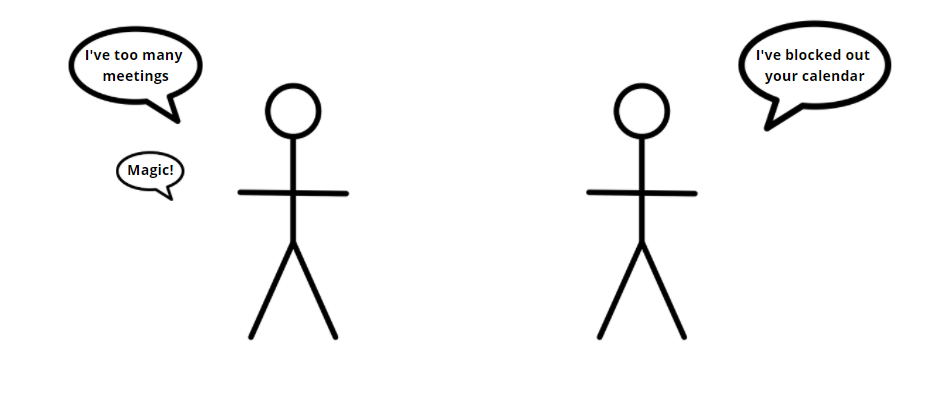Looking After Your Team
If the last year has taught us anything, it’s that we need to look after each other.
That’s particularly difficult when you work remotely and never see each other face to face.
This post will explain how as a tech lead you can use some simple metrics to help spot when your remote team might need a helping hand.
The Tech Lead (or other)
As a tech lead, you are uniquely placed to make sure that everyone in your team is comfortable in what they are doing. Part of your day-to-day is to track what everyone on the team is doing and to help them get it done.
In the office that’s easy. You have regular chats where problems are discussed and additionally, you can easily spot any negative body language. It’s normally then a case of getting to the bottom of the issue and sorting it out. That’s just a given.
But how do you do that when you are remote working and never see each other face to face? It’s much, much harder to get that nuance from any kind of video call. I also think people are less likely to open up as they would in the office over a call.
Communication is always a tech lead’s go-to for supporting their team. But when that is difficult, you can look at some key metrics for making things easier for your team.
Using Metrics.
These are just simple measurements that anyone can look at to see what’s going on in a team without impacting the team.
You probably look at these already – you might just need to look more often.
They should only be used as common-sense measures to see if you need to focus more on helping in that area.
Number of Meetings Per Day

The number of meetings per day can affect a whole team or just certain members of a team who have ended up being drawn into too many things. But it’s definitely a metric you need to reduce.
In the office, it’s easy to see when people are away – when working remotely you need to check your team’s calendars to make sure your team is not spending too much time in meetings.
If they are constantly swamped then this is my simple take on meetings for a development team.
Unless your job is defined as “to be in meetings all day”, then if you are in meetings all day, your obviously not doing your job!
Fact
And yet, this happens all the time – especially at the start of projects.
So to reduce the number of meetings per day – just block out the team’s afternoons. Call it ‘focus time’, ‘development time’, or whatever.
This will immediately reduce the stress on any development team and allow them to concentrate on what they consider their top priority. I also guarantee it will increase your velocity.
People outside of the team might complain at first – don’t worry. They quite often end up doing it themselves after seeing the benefit of this pattern.
Hours Worked Per Day
Since lockdown, we have all been there. You get up and get your morning coffee and then you sit down to check your emails. Before you know it, it’s time for one last check of your emails, before going to bed.
It’s not good for the individual, it’s not good for the team. It’s just not good for anyone and it’s really hard to see when everyone is remote working.
But there are always signs……
Keep an eye on emails, chats, and check-ins for the team. If someone is clearly working to the above schedule pattern, then you have to look after them and get them out of it.
Anyone that suggests that this is a normal pattern of behavior, is not a friend of anyone.
Productivity – LOC, Number of PRs, etc
Now, these metrics are the ones that have been used mainly for evil in software engineering. We are going to use them for good.
Firstly you can use them to check if someone is doing too many hours and stop that. You’ll see the check-ins night and day. OK in the short term – in the long-term, not so much.
Secondly, we can see where people are struggling to get work done and are not asking for help.
Everyone in a team works to a different rhythm – they have a bit of a productivity fingerprint if you like. It will depend on a number of factors including what they are working on and who they are working with but it’s easy to see.
More significantly for us, it’s also affected by both mood and when people are running into problems and not asking for help. An unexpected drop-off in productivity is generally easy to see and is a good time to chat and offer some assistance.
As a simple example, take the dev that might give a positive update during a remote standup – but you can see that nothing is being checked in. It might be that they are blocked and not asking for help?
In the office, they would probably come over and ask for some help. Alternatively, you would see some anxiety and offer to help. It’s not so easy to detect remotely.
But it is easily spotted in your repo.
Wrap Up
The above metrics are no substitute for talking to your team as much as you can, but they may help in identifying some unspoken issues.











Leave a Reply
You must be logged in to post a comment.